Coursera – Drugs and the Brain
$229.00 $52.00
Product Include:
File size:
Coursera – Drugs and the Brain
**More information:
Get Coursera – Drugs and the Brain at Salaedu.com
Description
The neuroscience of drugs for therapy, for prevention, and for recreation. Drug addiction and drug abuse. You learn the prospects for new generations of medications in neurology, psychiatry, aging, and treatment of substance abuse.
About the Course
What happens in the body when a person smokes a cigarette? After several weeks of smoking? When a person takes antidepressant or antipsychotic medication? A drug for pain, migraine, or epilepsy? A recreational drug? Neuroscientists are beginning to understand these processes. You’ll learn how drugs enter the brain, how they act on receptors and ion channels, and how “molecular relay races” lead to changes in nerve cells and neural circuits that far outlast the drugs themselves. “Drugs and the Brain” also describes how scientists are gathering the knowledge required for the next steps in preventing or alleviating Parkinson’s, Alzheimer’s, schizophrenia, and drug abuse.
Course Syllabus
Week 1. Beginning 4 January 2014
Introduction and summary of the course. What is a drug? Types of drug molecules. Drug entry into nervous system. Drug receptors. Introduction to mammalian brains. Botulinum toxin. Origin of the resting potential. Electrophysiology.
Week 2. Beginning 11 January
Drugs activate ion channels. Drugs block ion channels. Drugs activate and block G protein pathways.
Week 3. Beginning 18 January
Drugs block neurotransmitter transporters. Pharmacokinetics. Recreational drugs
Week 4. Beginning 25 January
Drug addiction and Drug abuse.Nicotine Addiction.Opiate Addiction.
Week 5. Beginning 1 February
Drugs for neurodegenerative diseases: Alzheimer’s disease, Parkinson’s disease.
Week 6. Beginning 8 February
Drugs for epilepsy and migraine. Drugs for anxiety.
Week 7.Beginning 15 February
Drugs for psychiatric diseases: Depression, Bipolar Disorder, Schizophrenia. Prospects for better drugs.
Recommended Background
Neuroscience, the most interdisciplinary science of the 21st century, receives inputs from many other fields of science, medicine, clinical practice, and technology. Previous exposure to one or more of the subjects listed in “Suggested Readings” will provide a good vantage point, as we introduce material from these subjects.
Content:
Week_1._Organization_and_Overview_2_miniLectures
Week_1._Introductory_concepts_9_miniLectures
Week_2._Dose-response_Relations_3_miniLectures
Week_2._Synapses_5_miniLectures
Week_2._Channel_Blockers_2_miniLectures
Week_3._G_protein_pathways_5_miniLectures
Week_3._Neurotransmitter_transporters_2_miniLectures
Week_3._Recreational_Drugs_3_miniLectures
Week_4._Nicotine_Addiction_5_miniLectures
Week_4._Opiate_Addiction_4_miniLectures
Week_5._Alzheimers_Disease_3_miniLectures
Week_5._Parkinsons_Disease_5_miniLectures
Week_6._Pharmacokinetics_and_Metabolism_5_miniLectures
Week_6._Classifying_Psychiatric_Diseases_1_miniLecture
Week_6._Anxiety_Disorders_4_miniLectures
Week_7._Drugs_for_Major_Depressive_Disorder_4_miniLectures
Week_7._Drugs_for_Bipolar_Disorder_3_miniLecture
Week_7._Drugs_for_Schizophrenia_4_miniLectures
Health and Medical course
More information about Medical:
Medicine is the science and practice of establishing the diagnosis, prognosis, treatment, and prevention of disease.
Medicine encompasses a variety of health care practices evolved to maintain and restore health by the prevention and treatment of illness.
Contemporary medicine applies biomedical sciences, biomedical research, genetics, and medical technology to diagnose, treat, and prevent injury and disease,
typically through pharmaceuticals or surgery, but also through therapies as diverse as psychotherapy, external splints and traction, medical devices, biologics, and ionizing radiation, amongst others.
Medicine has been around for thousands of years, during most of which it was an art (an area of skill and knowledge) frequently having connections to the religious and
philosophical beliefs of local culture. For example, a medicine man would apply herbs and say prayers for healing, or an ancient philosopher and physician would apply bloodletting according to the theories of humorism.
In recent centuries, since the advent of modern science, most medicine has become a combination of art and science (both basic and applied, under the umbrella of medical science).
While stitching technique for sutures is an art learned through practice, the knowledge of what happens at the cellular and molecular level in the tissues being stitched arises through science.
1 review for Coursera – Drugs and the Brain
Add a review Cancel reply
Related products
Health – Fitness – Medical
Health – Fitness – Medical
Health – Fitness – Medical
Heal Yourself with Sunlight (2nd Edition: Expanded and Revised) by Andreas Moritz
Health – Fitness – Medical
Health – Fitness – Medical
Dan Buettner – The Blue Zones 9 Lessons for Living Longer From the People Who’ve Lived the Longest

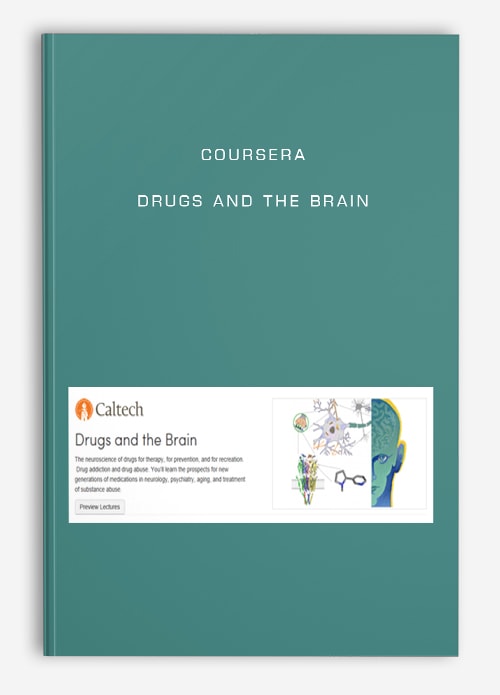
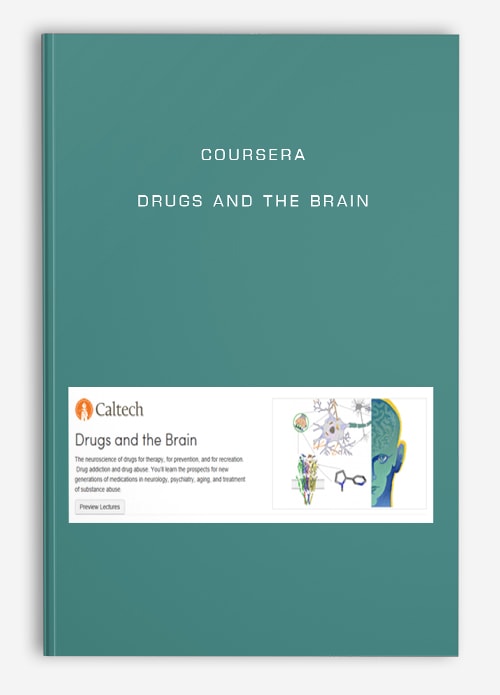
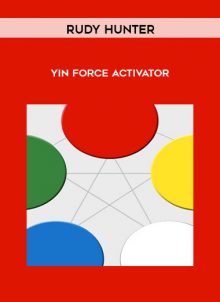
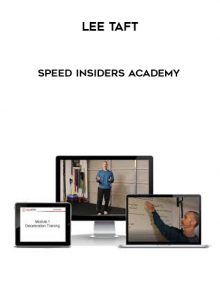
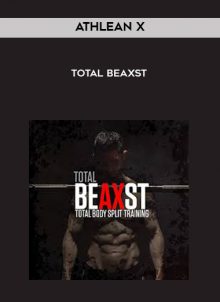
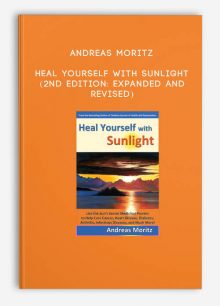
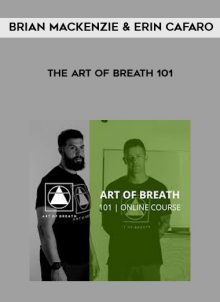
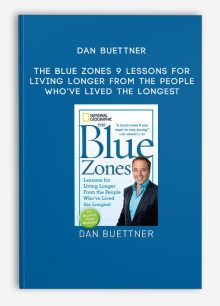

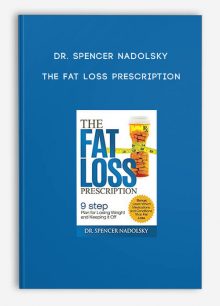
king –
We encourage you to check Content Proof carefully before paying.“Excepted” these contents: “Online coaching, Software, Facebook group, Skype and Email support from Author.”If you have enough money and feel good. We encourage you to buy this product from the original Author to get full other “Excepted” contents from them.Thank you!